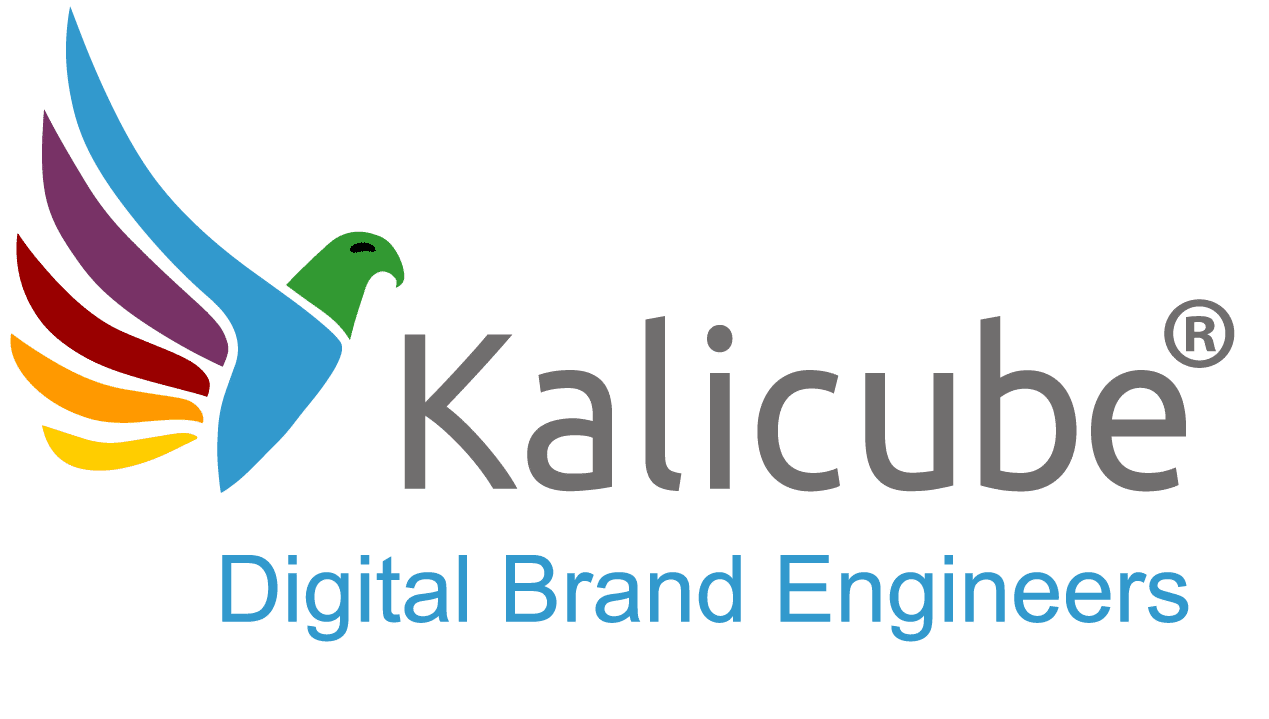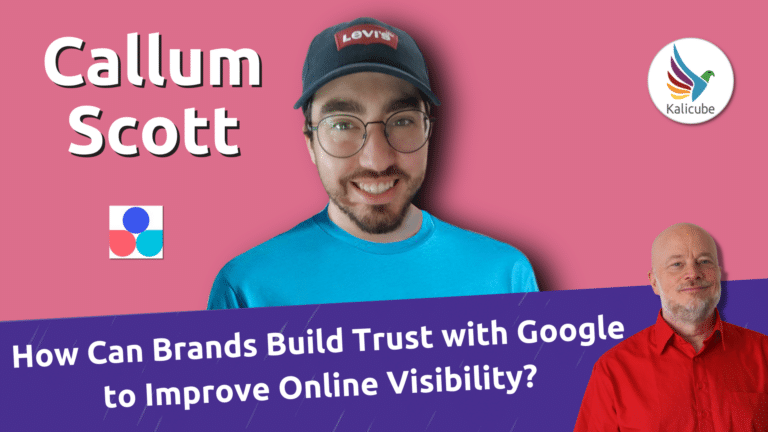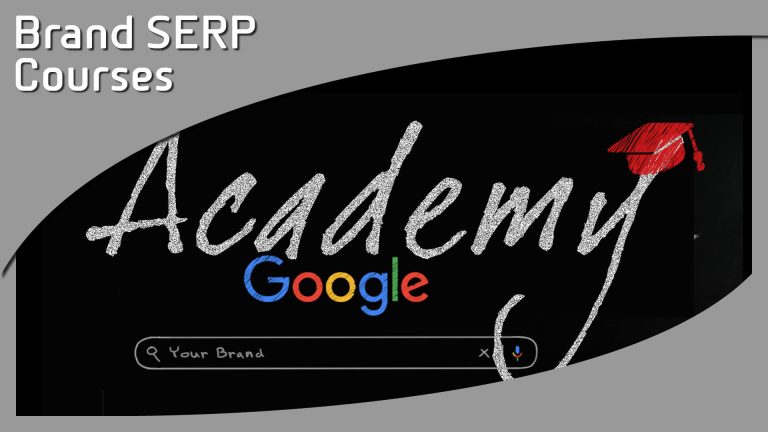People Also Search For Boxes (People Also Search For Carousels) in SEO: What You Need To Know

In this article, you will learn more about People Also Search For Boxes (People Also Search For Carousels), their importance for SEO and how they contribute to Brand SERP Optimisation.
What Are People Also Search For Boxes (People Also Search For Carousels) in SEO?
Simple Definition of People Also Search For Boxes (People Also Search For Carousels)
The People Also Search For Box ((People Also Search For Carousel) in Google SERP (Search Engine Results Page) contains suggestions for entities (people, organisations, things, places) related to the user’s original search query. Unlike the People Also Search For Text Box, the People Also Search For Box appears at the bottom of the Knowledge Panel (the information boxes on the right hand side on Google SERP when you search on Desktop). It’s Google’s smart way of giving suggestions to users to expand their search to other, related entities.
At Kalicube®, this Rich Element (SERP feature) is called an “People Also Search For Box” rather than a carousel, as they can sometimes appear in both carousel and box formats.
What Does the People Also Search For Box (People Also Search For Carousel) Look Like?
In the lower part of the Knowledge Panel, you will see various entities (people, organisations, things, places) related to the original search query (as shown in the screenshot below). Generally, you will see four or five entities that are closely related to the original search query.
So if a user searches for a name such as Jason Barnard, Google understands that what the user is looking for is a (person) entity (in this case called “Jason Barnard”. The People Also Search For Box then simply shows the user other (person) entities that Google believes are geographically relevant, or closely related to the original search query. The choice of which related entities depends on the closeness of the relationship and whether the search volume.
Here is an example of the People Also Search For Box when searching for a person such as Jason Barnard.

Importantly, do not confuse this Rich Element with the People Also Search For Text Box (PASFTB) in the Google SERP, which appears when the user has clicked on the Bluelink and then bounced straight back to the Google SERP. This is actually just Related Searches brought up to a Bluelink in the SERP ( as shown in the image below).

Learn more about PASF in the Knowledge Panel through an explanation by Jason Barnard, The Brand SERP Guy®.
Can I Control When My Name (or Brand Name) Appears in the People Also Search For Box (People Also Search For Carousel)?
The People Also Search For Box is triggered by Google algorithms exclusively for the Knowledge Panel and not for the organic results (the blue links) in the SERP. So you have no direct influence on it, because Google’s algorithms automatically select the entities (people, organisations, things, places) that appear in the People Also Search For Box.
Since Google algorithmically selects what appears in the People Also Search For Box, this means that Google uses a number of factors to make the selection, including popularity in terms of search volume, geographic proximity, relevance to the original search query, the nature of the user’s search query, and Google’s understanding of intent.
How Do People Also Search For Boxes (People Also Search For Carousels) Fit Into Brand SERP Optimisation?
Although Google has its own algorithms for this feature that cannot be directly controlled, you can influence them by working on your Knowledge Panel and presence in Google’s Knowledge Graph (this work is called Entity Optimisation).
In the context of Brand SERPs, the People Also Search For Box is incredibly important for brand owners because the contents give you amazing insights into the entities that Google understands to be most closely related to your brand. For a company, the PASF Box will often contain competitors, for a person they can contain family members, colleagues or people who are well known for the same things (for example an author of science fiction novels would generally have other science fiction authors in their People Also Search For).
For a company, PASF is a wonderful opportunity to appear on a competitor’s Brand SERP: if Google lists you in the People Also Search For Box of a big company, then you are “buzzworthy” which says a lot about your brand’s credibility and reputation. It’s also great visibility for your brand to a relevant audience! But on the flip side, on your Brand SERP, PASF are a distraction since they will be showing your competitors to your audience.
For people, PASF is a helpful way for Google’s users to explore more around the person, their family and their specialist subject matter.
For both companies and people, the contents of the People Also Search For Box in your Knowledge Panel can also be an opportunity to impress! If Google shows related entities that are very famous, your audience can see those entities, which gives the impression that your brand is more credible.
Kalicube Solutions
- You can learn more about Brand SERPs and how you can control yours and ensure that you keep your potential clients focused on an accurate and convincing depiction of you with The Fundamentals of Brand SERPs for Business by Jason Barnard;
- You can browse our free resources (hundreds of articles, case studies and how-to’s to help you optimise your Brand SERP and manage your Knowledge Panel;
- You can opt-for the done-with-you Brand SERP and Knowledge Panel solutions where we do the hard work, identify the solutions and ensure that you achieve your goals and get Google “dancing to your tune.”






